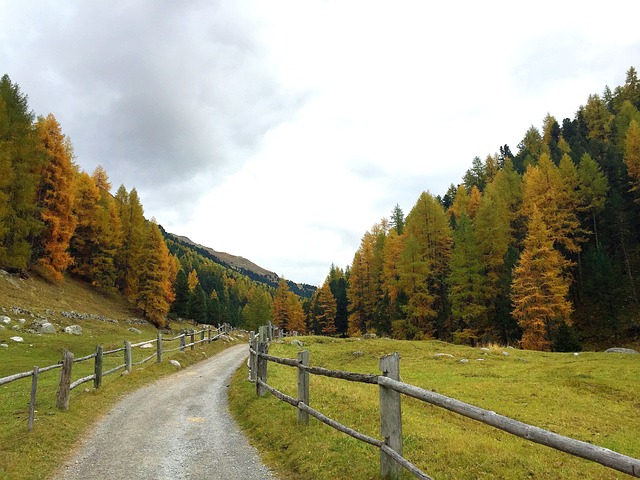Enduring Protection: Durable Wooden Fencing for Coastal Environments
Coastal areas present unique challenges when it comes to fencing, with salty air, fluctuating moisture levels, and potential storm damage threatening even the sturdiest barriers. This article explores the benefits of durable wooden fencing as a robust and aesthetically pleasing solution for these harsh environments. We’ll delve into key considerations like choosing the right wood species, installation techniques tailored to coastal needs, and essential maintenance tips to ensure longevity.
- Understanding Coastal Fencing Challenges
- Advantages of Durable Wooden Fencing
- Choosing the Right Wood Species
- Installation Considerations for Coastlines
- Maintenance Tips for Longevity
Understanding Coastal Fencing Challenges
Coastal areas present unique challenges when it comes to fencing due to their harsh, often extreme, environmental conditions. Saltwater, strong winds, and fluctuating temperatures can significantly impact the durability of fence materials. Traditional fencing options may not hold up well in these settings, leading to frequent replacements and increased maintenance costs.
Durability is key when selecting a fencing material for coastal locations. Wooden fences, specifically those made from treated and durable species like cedar or teak, offer a viable solution. These woods possess natural resistance to rot and insects, ensuring the fence’s longevity despite exposure to salt air and moisture-laden winds. Proper installation techniques, including adequate drainage and anchoring, further enhance their performance in these challenging environments.
Advantages of Durable Wooden Fencing
Durable wooden fencing offers a range of advantages for coastal areas, where traditional materials may struggle against harsh weather conditions and salty air. First and foremost, wood from specific species treated to withstand moisture and rot is highly resistant to the corrosive effects of salt water, ensuring longer lifespans compared to regular fencing. This durability translates into reduced maintenance costs and less frequent replacements over time.
Moreover, these specialized wooden fences can provide excellent privacy and security for coastal homes and businesses. Their natural beauty enhances outdoor spaces, creating a charming aesthetic that complements coastal landscapes without appearing out of place. With proper care, durable wood fencing can become an iconic feature, adding character to coastal properties while effectively delineating property lines and protecting them from the elements.
Choosing the Right Wood Species
When selecting wood for coastal fencing, choosing the right species is paramount to ensure durability and longevity in a harsh marine environment. The sea air, with its high salt content, can accelerate decay and deterioration, making certain woods more suitable than others. Look for species naturally resistant to moisture and fungi, such as cedar or redwood, which have long been popular choices for outdoor applications due to their superior rot resistance.
Additionally, consider tropical hardwoods like ipe or teak, known for their exceptional durability and beauty. These options may be pricier but offer excellent performance against coastal elements. Testing and treating wood with preservatives can also extend its life, though it’s essential to research safe and effective treatment methods to protect both the environment and your health.
Installation Considerations for Coastlines
When installing wooden fencing in coastal areas, several unique considerations come into play to ensure durability and longevity. One of the primary concerns is the impact of salt air, which can accelerate wood decay. Opting for high-quality, treated timber that’s specifically designed for outdoor, seaside use is essential. This treatment repels moisture and protects against the corrosive effects of saltwater.
Another critical aspect is proper drainage. Since coastal regions often experience high humidity and regular rainfall, efficient water runoff is vital to prevent wood rot. Installers should ensure adequate spacing between fence posts to allow water to flow freely through the fence line. Additionally, consider incorporating a waterproof barrier or membrane beneath the fencing to shield it from prolonged moisture exposure.
Maintenance Tips for Longevity
Regular cleaning and inspection are key to maintaining your wooden fence in coastal environments. Saltwater and high humidity levels can accelerate wood decay, so it’s important to sweep or wash the fence regularly to remove any salt buildup. Use a soft-bristled brush and mild detergent; avoid power washers as they may damage the finish or even the wood itself. Check for loose or damaged boards, nails, and brackets, replacing them promptly to prevent further deterioration. Apply a fresh coat of protective paint or sealant every few years, following the manufacturer’s instructions for optimal results. This simple routine will help extend the life of your durable wooden fence, ensuring it remains a sturdy and attractive boundary for many years.
